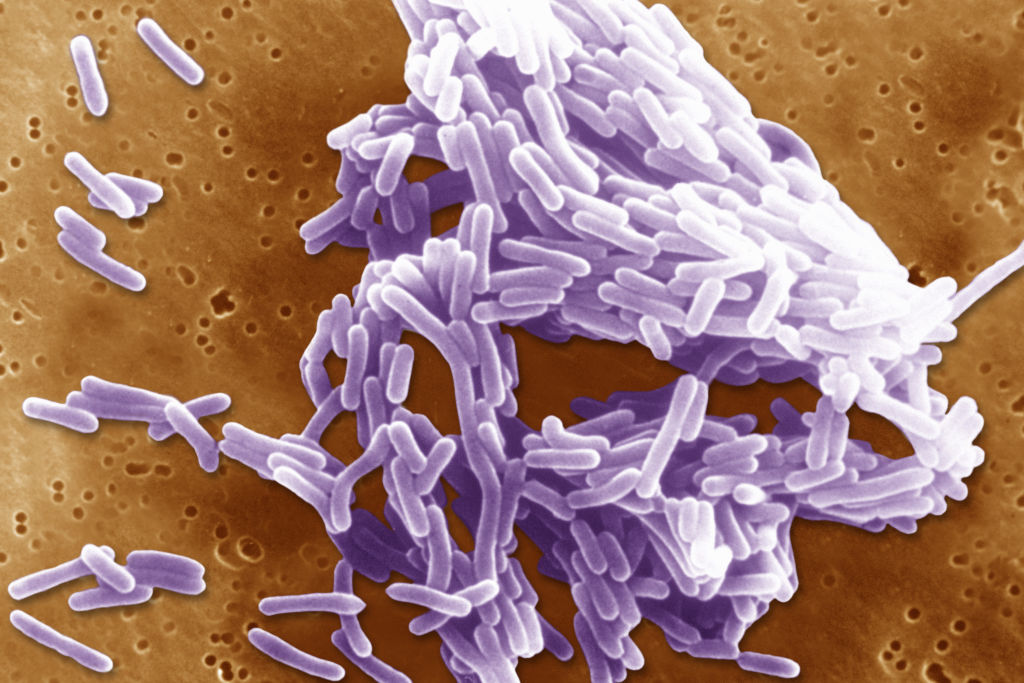The two astronauts who will spend extra time at the International Space Station are Navy test pilots who have ridden out long missions before.
Astronauts Butch Wilmore and Suni Williams have been holed up at the space station with seven others since the beginning of June, awaiting a verdict on how — and when — they would return to Earth.
Watch NBC6 free wherever you are
NASA decided Saturday they won't be flying back in their troubled Boeing capsule, but will wait for a ride with SpaceX in late February, pushing their mission to more than eight months. Their original itinerary on the test flight was eight days.
Butch Wilmore
Get local news you need to know to start your day with NBC 6's News Headlines newsletter.
Wilmore, 61, grew up in Mount Juliet, Tennessee, playing football for his high school team and later Tennessee Technological University. He joined the Navy, becoming a test pilot and racking up more than 8,000 hours of flying time and 663 aircraft carrier landings. He flew combat missions during the first Gulf War in 1991 and was serving as a flight test instructor when NASA chose him as an astronaut in 2000.
Wilmore flew to the International Space Station in 2009 as the pilot of shuttle Atlantis, delivering tons of replacement parts. Five years later, he moved into the orbiting lab for six months, launching on a Russian Soyuz from Kazakhstan and conducting four spacewalks.
Married with two daughters, Wilmore serves as an elder at his Houston-area Baptist church. He’s participated in prayer services with the congregation while in orbit.
U.S. & World
His family is used to the uncertainty and stress of his profession. He met wife Deanna amid Navy deployments, and their daughters were born in Houston, astronauts’ home base.
“This is all they know,” Wilmore said before the flight.
Suni Williams
Williams, 58, is the first woman to serve as a test pilot for a new spacecraft. She grew up in Needham, Massachusetts, the youngest of three born to an Indian-born brain researcher and a Slovene American health care worker. She assumed she’d go into science like them and considered becoming a veterinarian. But she ended up at the Naval Academy, itching to fly, and served in a Navy helicopter squadron overseas during the military buildup for the Gulf War.
NASA chose her as an astronaut in 1998. Because of her own diverse background, she jumped at the chance to go to Russia to help behind the scenes with the still new International Space Station. In 2006, she flew up aboard shuttle Discovery for her own lengthy mission. She had to stay longer than planned — 6 1/2 months — after her ride home, Atlantis, suffered hail damage at the Florida pad. She returned to the space station in 2012, this time serving as its commander.
She performed seven spacewalks during her two missions and even ran the Boston Marathon on a station treadmill and competed in a triathlon, substituting an exercise machine for the swimming event.
Husband Michael Williams, a retired U.S. marshal and former Naval aviator, is tending to their dogs back home in Houston. Her widowed mother is the one who frets.
“I’m her baby daughter so I think she’s always worried," Williams said before launching.
___
The Associated Press Health and Science Department receives support from the Howard Hughes Medical Institute’s Science and Educational Media Group. The AP is solely responsible for all content.



